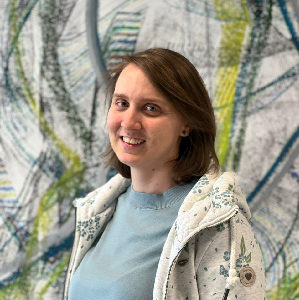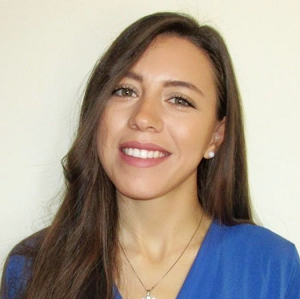
Virginia Commonwealth University, USA
g.tec medical engineering GmbH, USA
Politecnico di Torino, Italy
Ultra High-Density electrodes (up to 1048 channels) can open new opportunities in BCI applications. The detection of individual finger movements, as well as complex EMG detection on a stump, increases the degrees of freedom to control external devices or interact in immersive game environments. Hence, we will talk about how Gaming can reach new users and how game developers get access to new plug and play BCI solutions without the need to program complicated real-time processing.
On the other hand, low density EEG is used in passive BCI’s where the brain activity is not voluntarily modulated by the user. While the users can perform their daily activities, a system records changes in their cognitive state (e.g. engagement) and adapts to the user’s mental state. For a video game for example that would mean, depending on the player’s level of engagement the speed changes or more/less obstacles are presented.
Low density EEG also allows the integration of another dimension in the form of functional near infrared spectroscopy (fNIRS) where changes in the oxygenation level and hemodynamics of the brain indicate more active brain regions. Simultaneous recording of both signal types is highly beneficial, as you receive complimentary information – high temporal resolution from EEG and long-lasting changes for fNIRS.
This workshop will present novel techniques of Brain-Computer Interfaces and allow spectators to try out several applications in a Hands-On Session. Further participants will be able to understand a wide range of applications possible with different types of BCI’s.
Main content:
The goal of the tutorial is to bring together researchers and interested attendees, to describe and demonstrate the options available in the field of Brain-Computer Interfaces. We will highlight the usability and reliability of BCI control, which now allows the development and displaying of more advanced applications. We think that such a tutorial will be very appealing to audience members working in the area of HCI combining different modalities for interactions.
Zoom for remote attendees, neurofeedback application for passive BCI experiments, g.tec software (g.tec Suite, g.HIsys, Unicorn Suite)
Notebook and pen or a laptop.

Dean J. Krusienski, PhD
Dean J. Krusienski received the B.S., M.S., and Ph.D. degrees in electrical engineering from The Pennsylvania State University, University Park, PA. He completed his postdoctoral research at the New York State Department of Health’s Wadsworth Center Brain-Computer Interface (BCI) Laboratory in Albany, NY. His primary research focus is on the application of advanced signal processing and pattern recognition techniques to brain-computer interfaces, which allow individuals with severe neuromuscular disabilities to communicate and interact with their environments using their brainwaves. His research interests include decoding and translation of neural signals, digital signal and image processing, machine learning, evolutionary algorithms, artificial neural networks, and biomedical and musical applications. His research is supported by the National Science Foundation (NSF), the National Institutes of Health (NIH), and the National Institute of Aerospace (NIA)/NASA.
https://egr.vcu.edu/directory/dean.krusienski/
https://www.linkedin.com/in/dean-krusienski-a154638/

DI Katrin Mayr BSc
Katrin Mayr studied medical engineering at the University of Applied Sciences Upper Austria in Linz, Austria. Since 2015 she has worked in sales for g.tec medical engineering GmbH, based in Austria. The company develops hardware and software for biosignal acquisition and analysis. She is a field expert and specialist for BCI-based applications.
www.gtec.at
https://www.linkedin.com/in/mayrkatrin/

Angela Natalizio MSc
Angela Natalizio received the M.S. degree in biomedical engineering from the University of Naples Federico II in 2019. She is a Ph.D. student in Metrology at the Politecnico di Torino. Her research activities focus on wearable brain-computer interfaces as a daily-life tool for communication and control.
https://www.polito.it/en/staff?p=angela.natalizio
https://www.linkedin.com/in/angela-natalizio-884019a6/